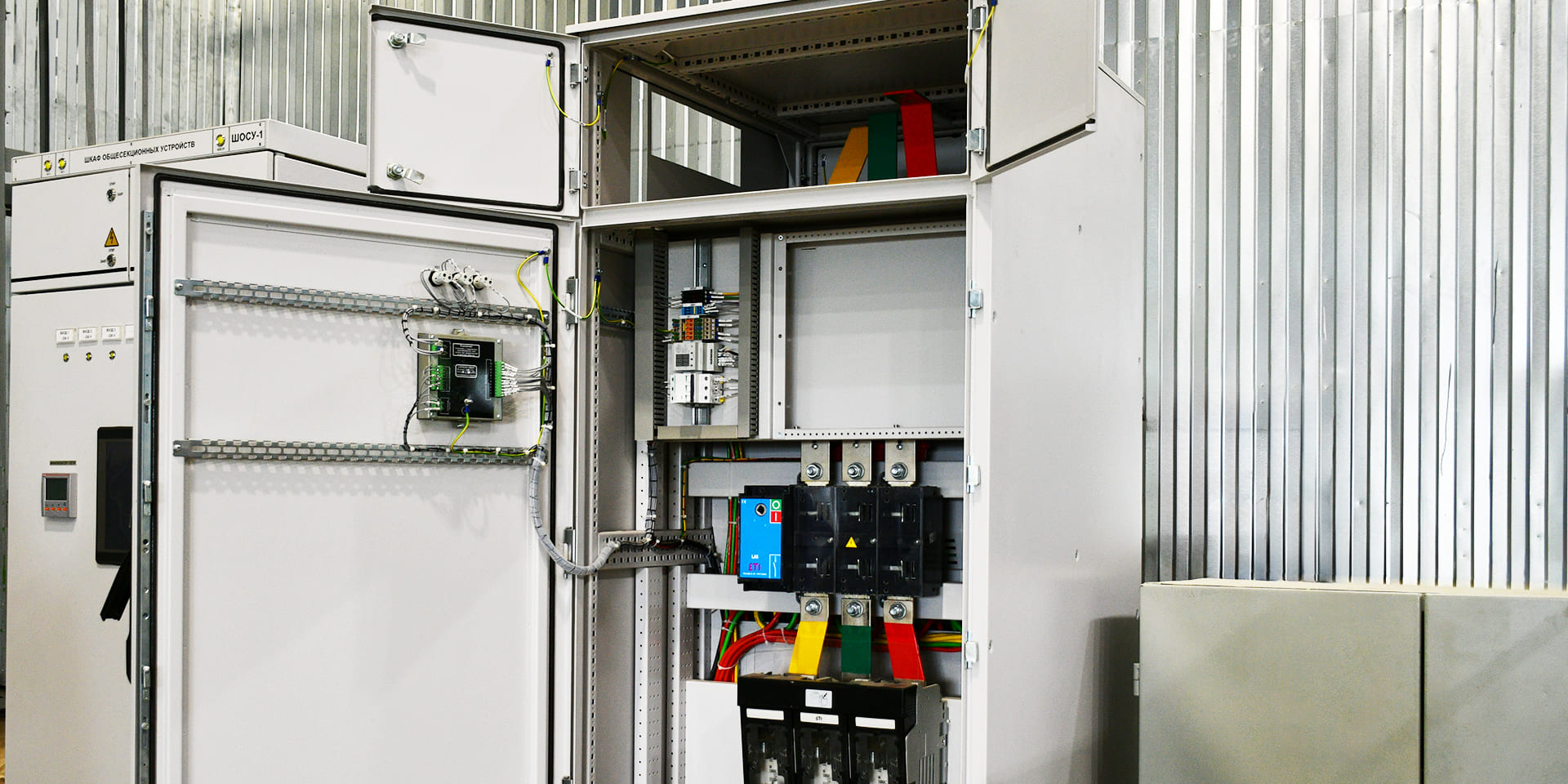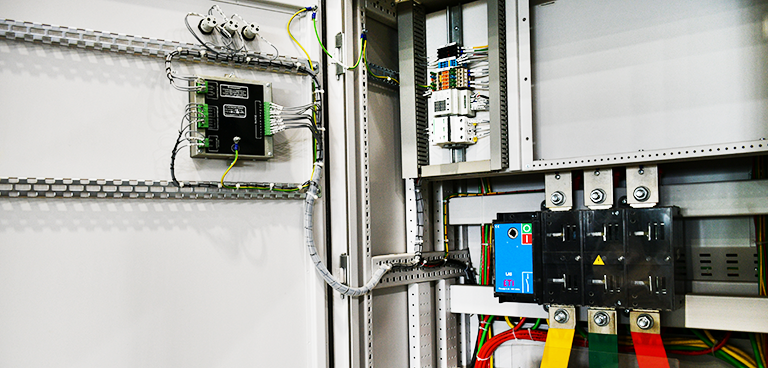Advantages of the reactive power compensation cabinets
- Support of the necessary power factor of the consumer’s facilities (set within 0.8—1.0);
- Power quality improvement;
- Reduction of general power expenses;
- Load relief for distribution network elements, thus prolonging their life;
- Decrease of power transformers load;
- Power supply load through the cable with less cross-section.

Fields of application
The reactive power increase causes an inevitable increase in power expenses thus heavily affecting the prime cost of items manufactured at the company.
Today, reactive power compensation is one of the most effective ways to decrease power consumption at various industrial companies and in households. This method consists of voltage regulation in the grid and support of the optimal balance of the electric power grid’s reactive power.

Power engineering

Oil and gas industry

Agriculture

